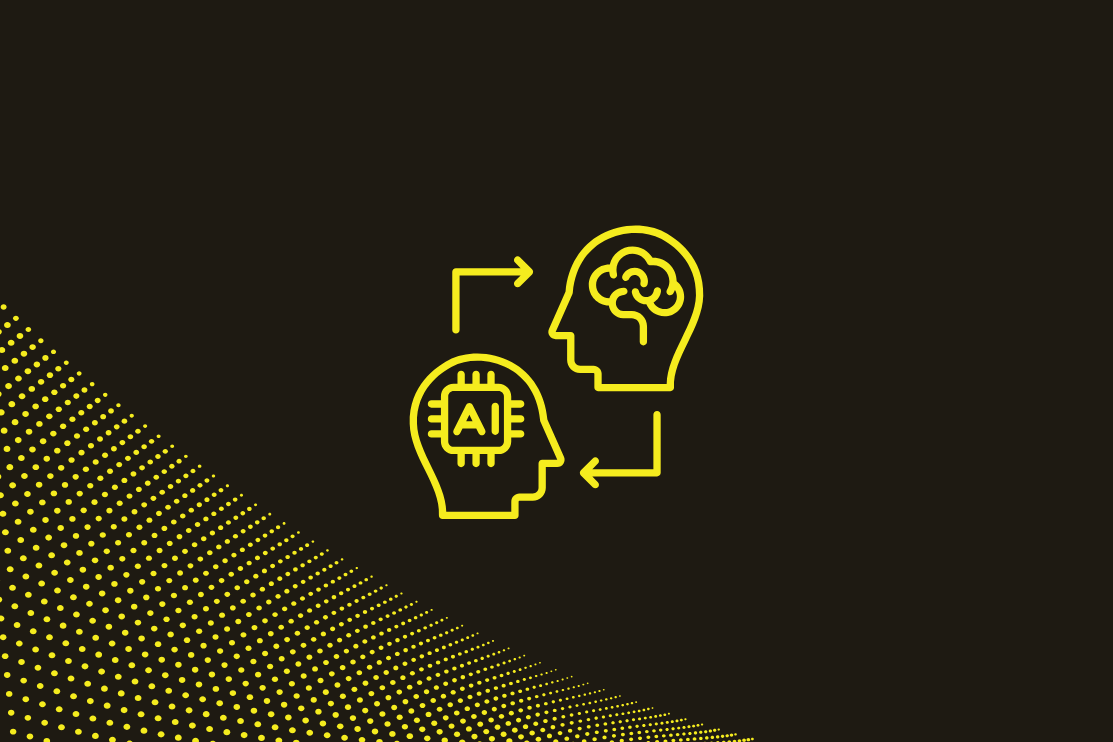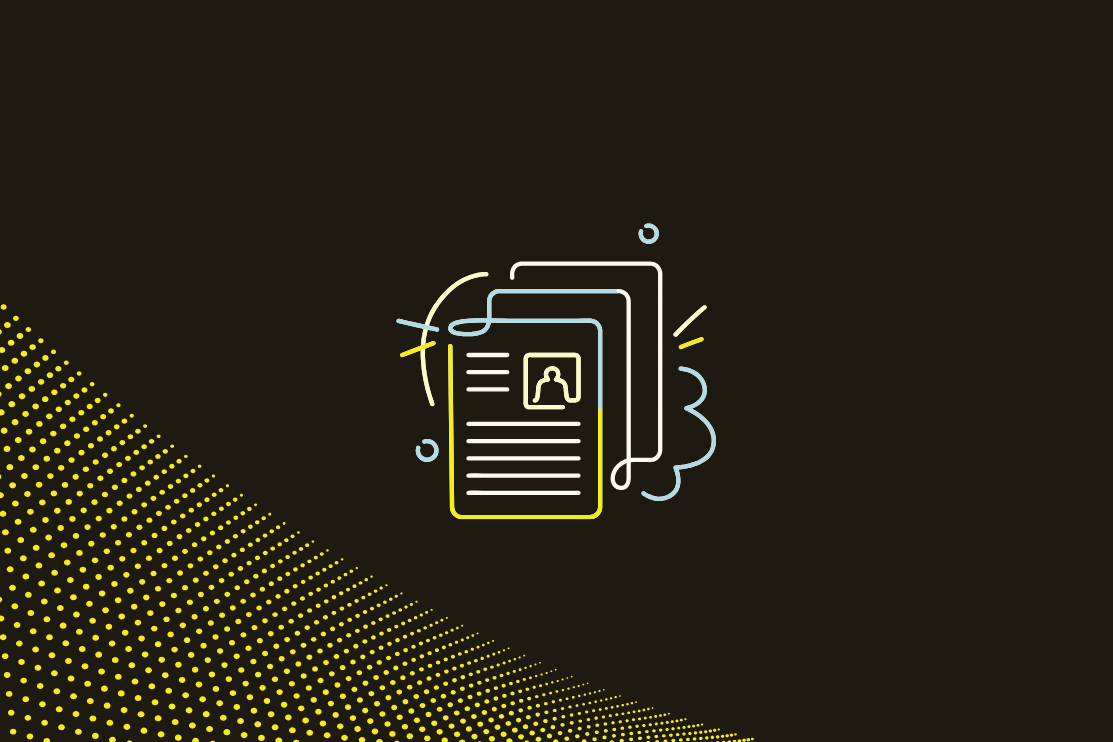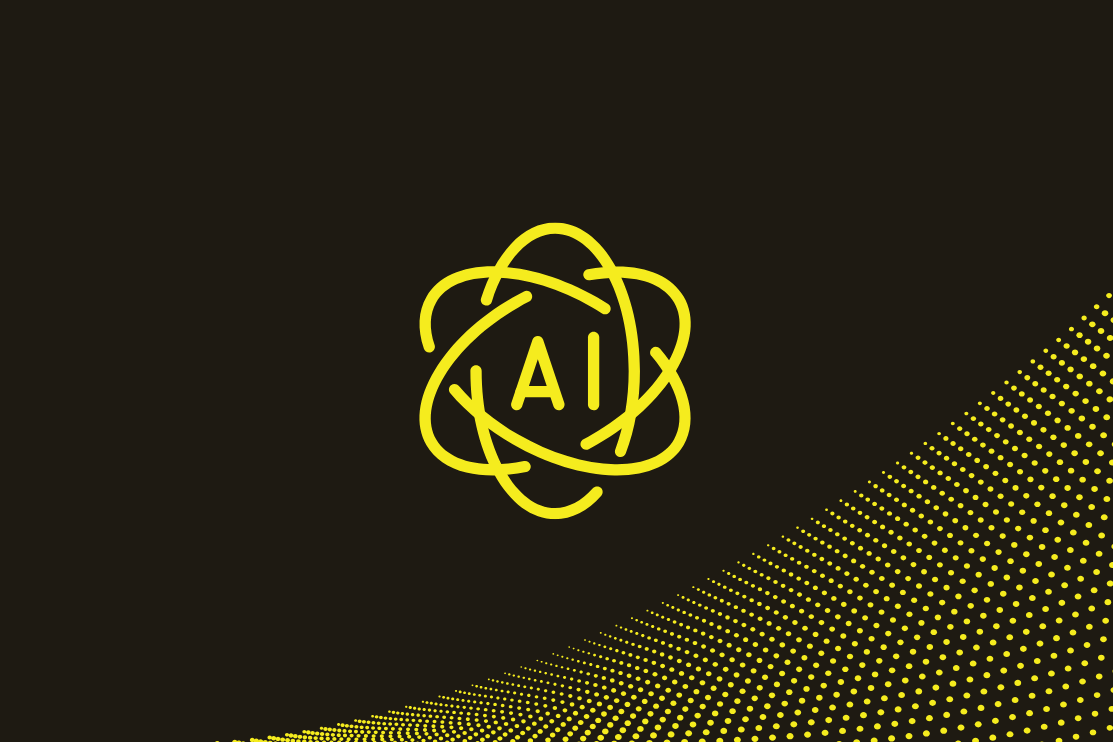AI Tools to Strengthen CCR Processes this School Year
AI Tools to Strengthen CCR Processes this School Year
AI Tools to Strengthen CCR Processes this School Year
AI Tools to Strengthen CCR Processes this School Year
AI Tools to Strengthen CCR Processes this School Year
AI Tools to Strengthen CCR Processes this School Year
Don't miss our breakout sessions!
Book time with our team on-site!
Our team is excited to meet you. Book a time that works best.


The rapid growth of artificial intelligence is transforming nearly every aspect of our lives—and while adoption in education has been slower than in many parts of the economy and broader culture, it is no exception. As AI technology evolves, currently adopted tools are offering AI enhancements and AI tools designed specifically for the unique needs of schools and districts are becoming increasingly accessible. From automating time-consuming administrative tasks, to streamlining data analysis, to offering personalized student and family support at scale, AI tools are opening up new possibilities in how we serve students and manage school operations.
For CCR efforts in particular, AI can help educators ensure no student falls through the cracks by guiding postsecondary planning, enhancing progress tracking, and enabling more targeted, timely interventions. AI-enhanced systems also have the ability to easily expand channels for communication and outreach to students and families in ways that align with their needs and preferences. At the click of a button, with a well written prompt, content can be generated: PowerPoint presentations become podcasts, webinars become social media posts, and transcribed meeting minutes become personalized to-do lists.
As the new school year begins, administrators and counselors have a key opportunity to familiarize themselves with the kinds of AI tools and resources that exist and begin to utilize them to streamline workflows and make more informed, data-driven decisions. By thoughtfully integrating AI into CCR processes at the beginning of the year, schools and districts can free up valuable time for relationship-building, respond more quickly to emerging student needs, and strengthen efforts to personalize CCR supports for all students and families.
Types of AI
It is important to learn the distinctions among the different ways that the generic term AI is used and what is needed to successfully utilize these capabilities. There is generative AI such as Gemini by Google, ChatGPT by OpenAI, Claude by Anthropic, Grok by XAI, Perplexity, and others. These are general knowledge AI that can summarize, answer questions, conduct dialogues, and write in a human-like manner. Currently, these AI offerings run through a web browser and utilize the computing power of the cloud.
Another form is application-specific AI that acts as an assistant to help produce and format slide decks, spreadsheets, text documents, audio-video presentations, and similar products. The best known of these is the suite of Copilot AI assistants offered by Microsoft. Such systems are excellent for transcription and translation purposes. These features can run in the cloud but are increasingly offered by running on a modern laptop with information safely processed locally.
This distinction is important because any information put into a cloud-based AI is used to help train the AI model. Be careful to never put personally identifiable information on a student, or yourself, into a cloud-based AI system. In the near future, this limitation is being overcome by school districts running AI systems that are self-contained so that privacy and security is protected.
AI Tools and Resources to Support Daily Work
Administrators, counselors, and educators can use the tips and tools below to improve communication, find innovative ways to connect with students, leverage data more effectively, create efficiencies in your work, and ultimately, amplify your impact on student success this school year.
Tools for Administrators
- Modernize communications around postsecondary planning: Students and families can feel overwhelmed by college and career information, especially when it is delivered in long or technical formats. AI can help convert graduation requirements, scholarship deadlines, and FAFSA updates into podcasts, bullet-point summaries, or plain-language explanations that are easier to access and understand.
- Tools to try: Google NotebookLM, Wondercraft AI (for podcast creation)
- Expand access to CCR information for all families: To promote access in postsecondary planning, districts need to communicate in ways that reach all families. AI tools can help translate college and career materials, simplify complex planning documents, and offer multimodal content for families with limited literacy.
- Tools to try: ElevenLabs (voice generation), HeyGen (video creation), HandTalk (for ASL accessibility)
- Create and share summaries of meetings and planning sessions: With many districts reducing support staff due to budget constraints, the responsibility of documenting and following up on CCR-related meetings often falls on counselors and administrators. AI can automatically generate transcripts, action items, and summaries to ensure alignment across counseling teams, principals, and district staff.
- Tools to try: Otter, Fireflies.ai, Avoma, Microsoft Teams, Zoom AI
- Support strategic planning with AI-assisted data analysis: AI can assist in analyzing course enrollment patterns, pathway participation, work-based learning trends, and postsecondary outcomes. This can inform decisions around staffing, scheduling, partnerships, and resource allocation. NOTE: It is critical to always follow district guidelines for protecting student data and using AI responsibly.
- Tools to try: Perplexity, K-12 Insight, Microsoft Copilot (Excel & PowerBI)
Tools for Counselors & Educators
- Streamline lesson and advisory planning: Whether facilitating classroom lessons, small-group counseling, or advisory sessions, AI can help counselors quickly generate tailored content aligned with life skills goals, academic readiness, or postsecondary planning. Prompts can yield ready-to-use activities, discussion starters, or reflection exercises.
- Tools to try: Eduaide, Google NotebookLM, Khanmigo
- Tools to try: Eduaide, Google NotebookLM, Khanmigo
- Draft personalized letters of recommendation more efficiently: During peak recommendation seasons, counselors are asked to write dozens of letters. AI tools can help a counselor to efficiently produce high-quality first drafts of letters and ensure that all students have an element of quality control in the drafting of their letters.
- Tools to try: Gemini, Grammarly, Microsoft Co-Pilot for Word
- Tools to try: Gemini, Grammarly, Microsoft Co-Pilot for Word
- Create study guides to share with students: AI can help counselors quickly generate study guides or tip sheets based on a student’s academic history and course load, test prep goals, or academic strengths and struggles. Materials can be translated into multiple languages.
- Tools to try: Diffit, Quizizz AI, Gemini for Education
- Tools to try: Diffit, Quizizz AI, Gemini for Education
- Improve family engagement and communication: AI tools can draft updates for families, translate messages, and adjust content to suit a wide range of reading levels and language needs. Counselors can prompt AI to take a message and generate a version at a lower Flesch-Kincaid reading level. This can be particularly helpful when communicating about graduation requirements, course planning, or intervention meetings.
- Tools to try: Google Translate, ChatGPT, Canva Magic Write
- Tools to try: Google Translate, ChatGPT, Canva Magic Write
- Generate resources and content for workshops and interventions: AI tools can help counselors quickly create content for student or family workshops, life readiness sessions, or interventions. With a prompt like “presentation on stress management for 10th graders,” counselors can receive an outline, visuals, and talking points to adapt and use.
- Tools to try: Eduaide, Curipod, MagicSchool
Related Posts
See All




